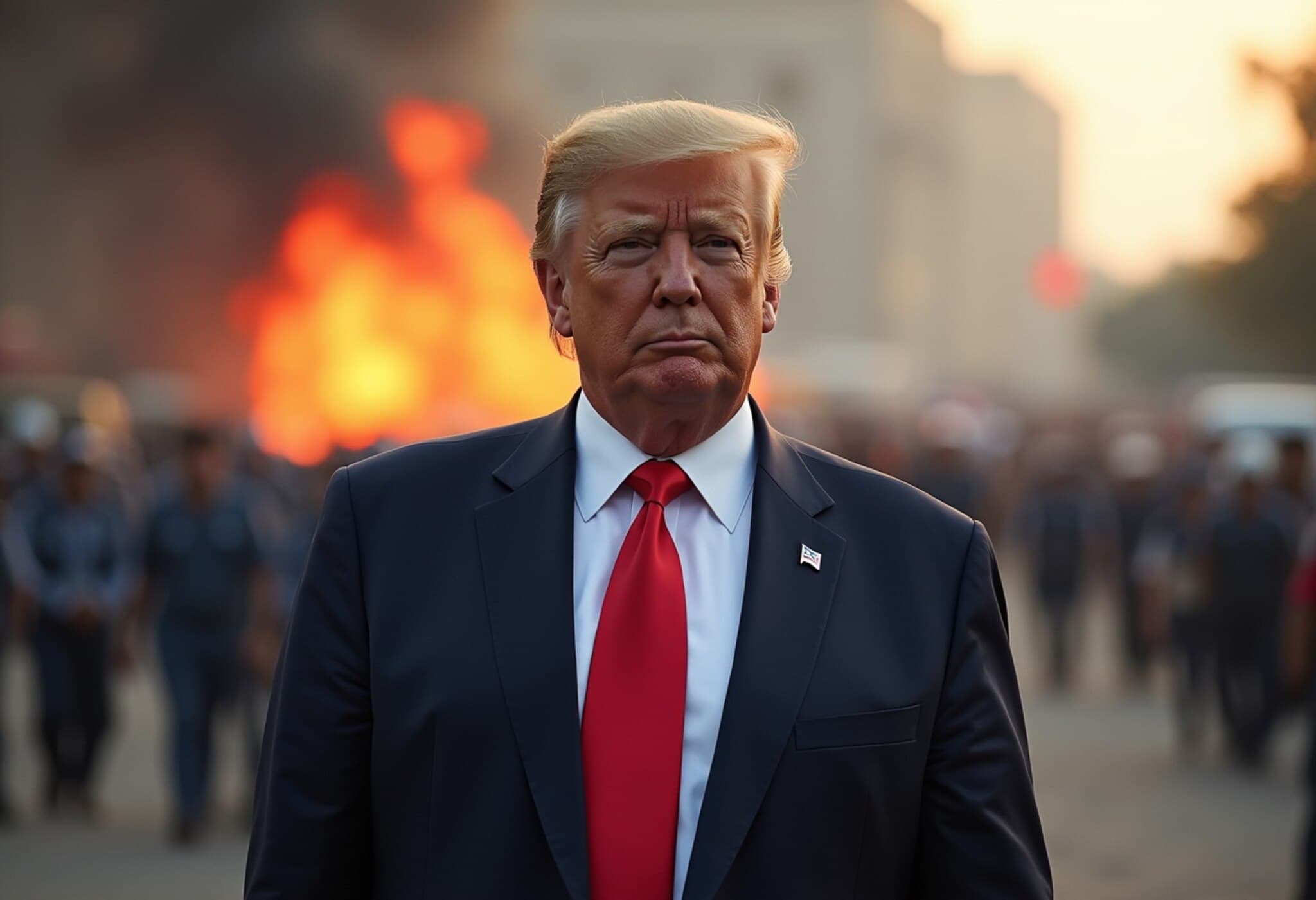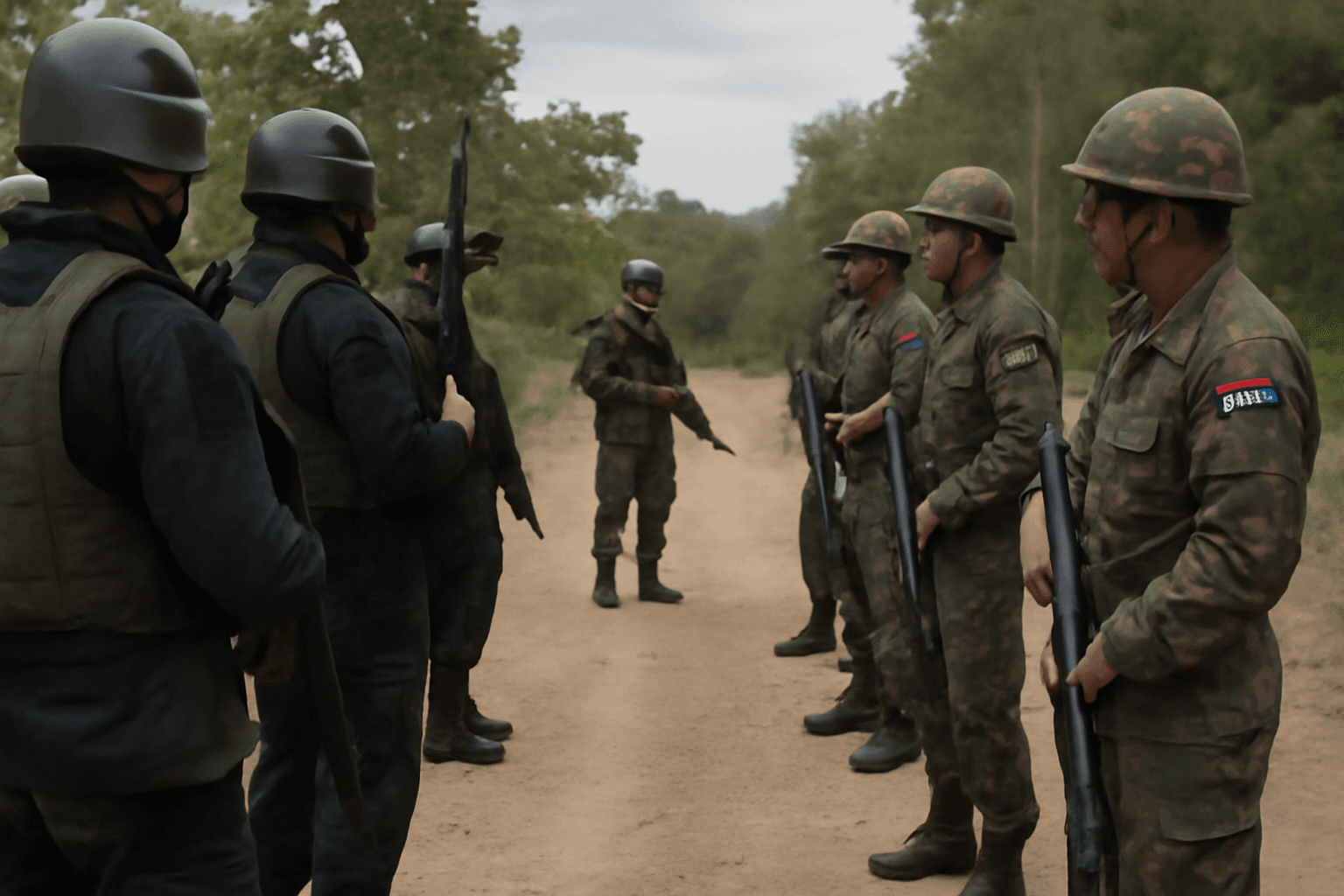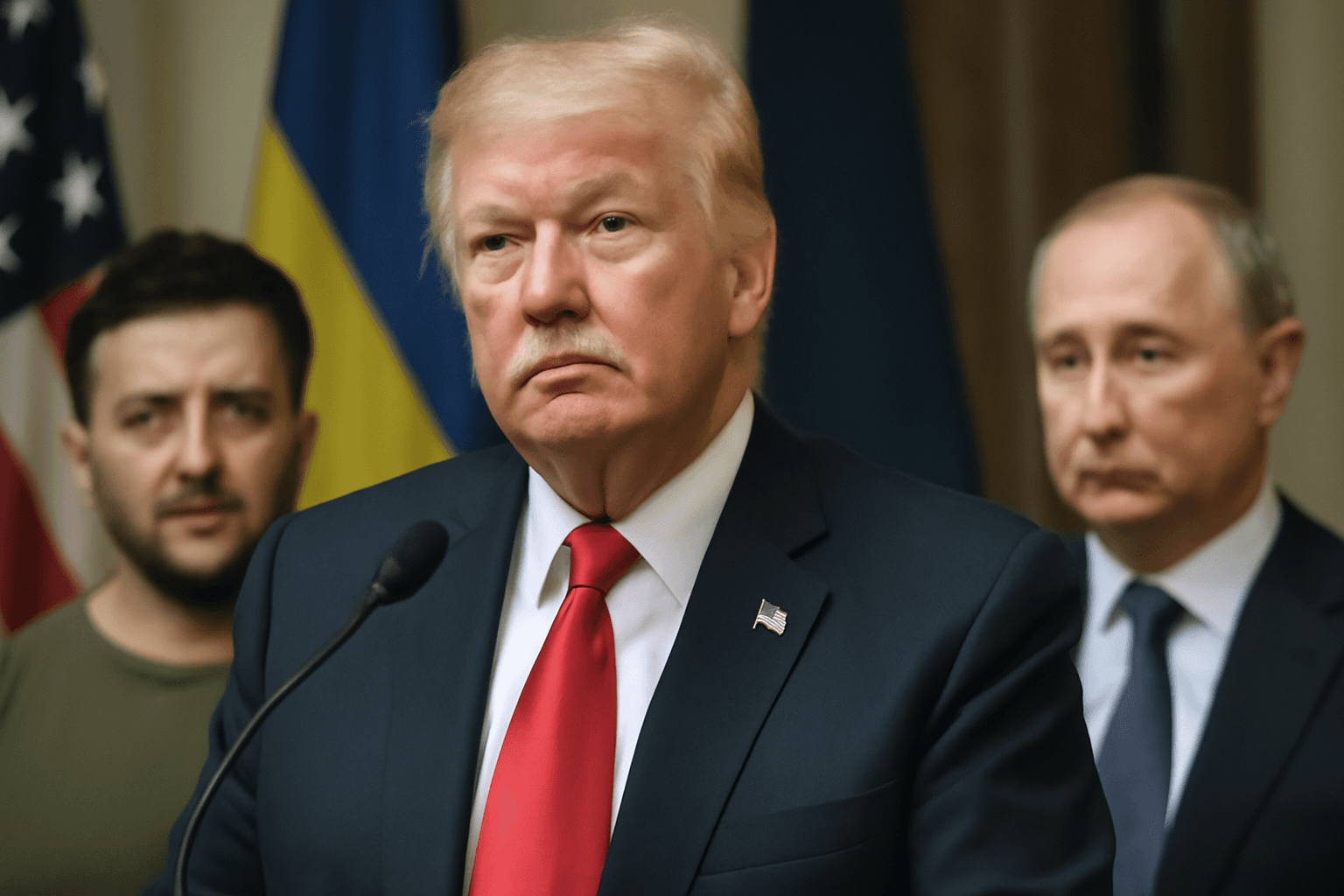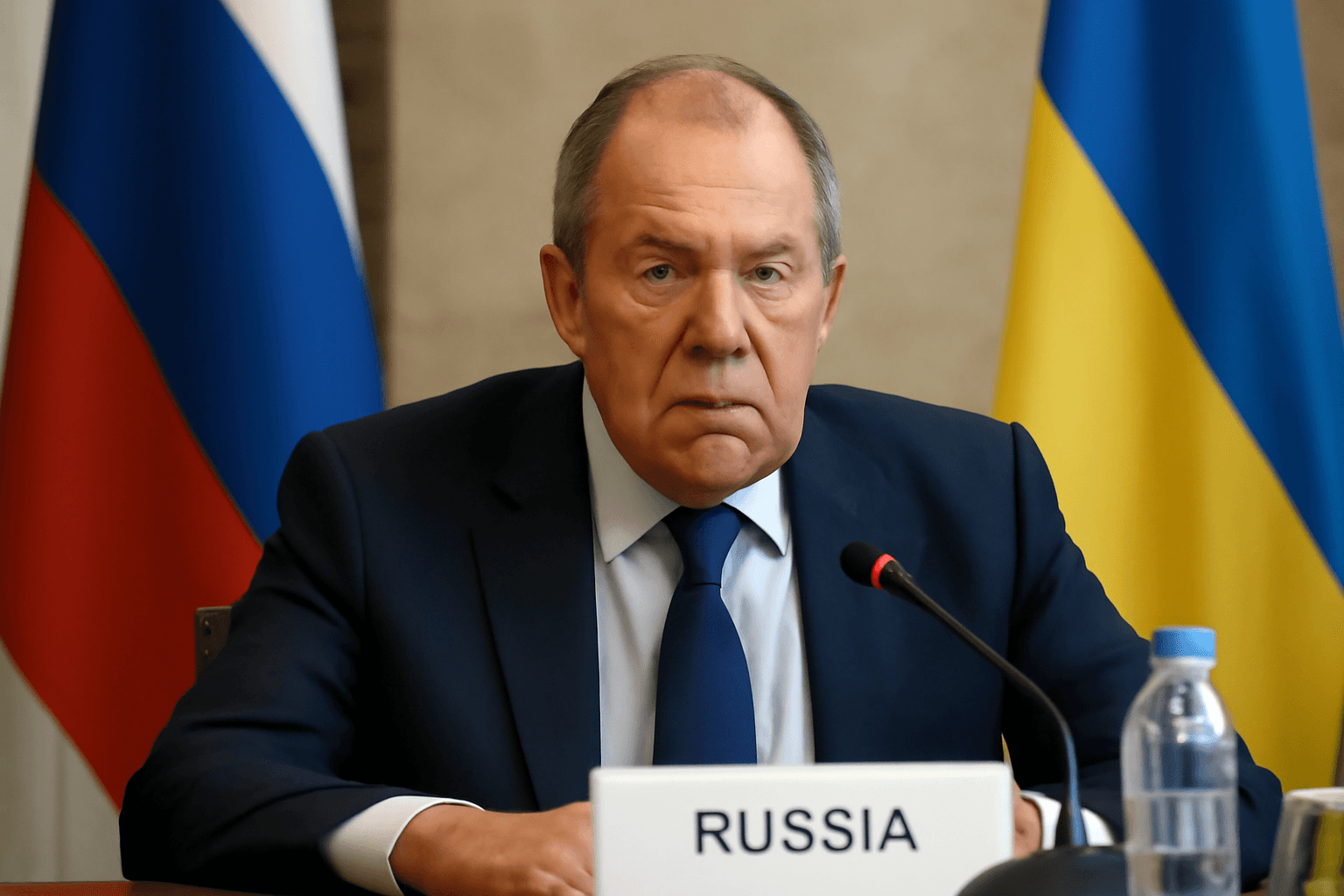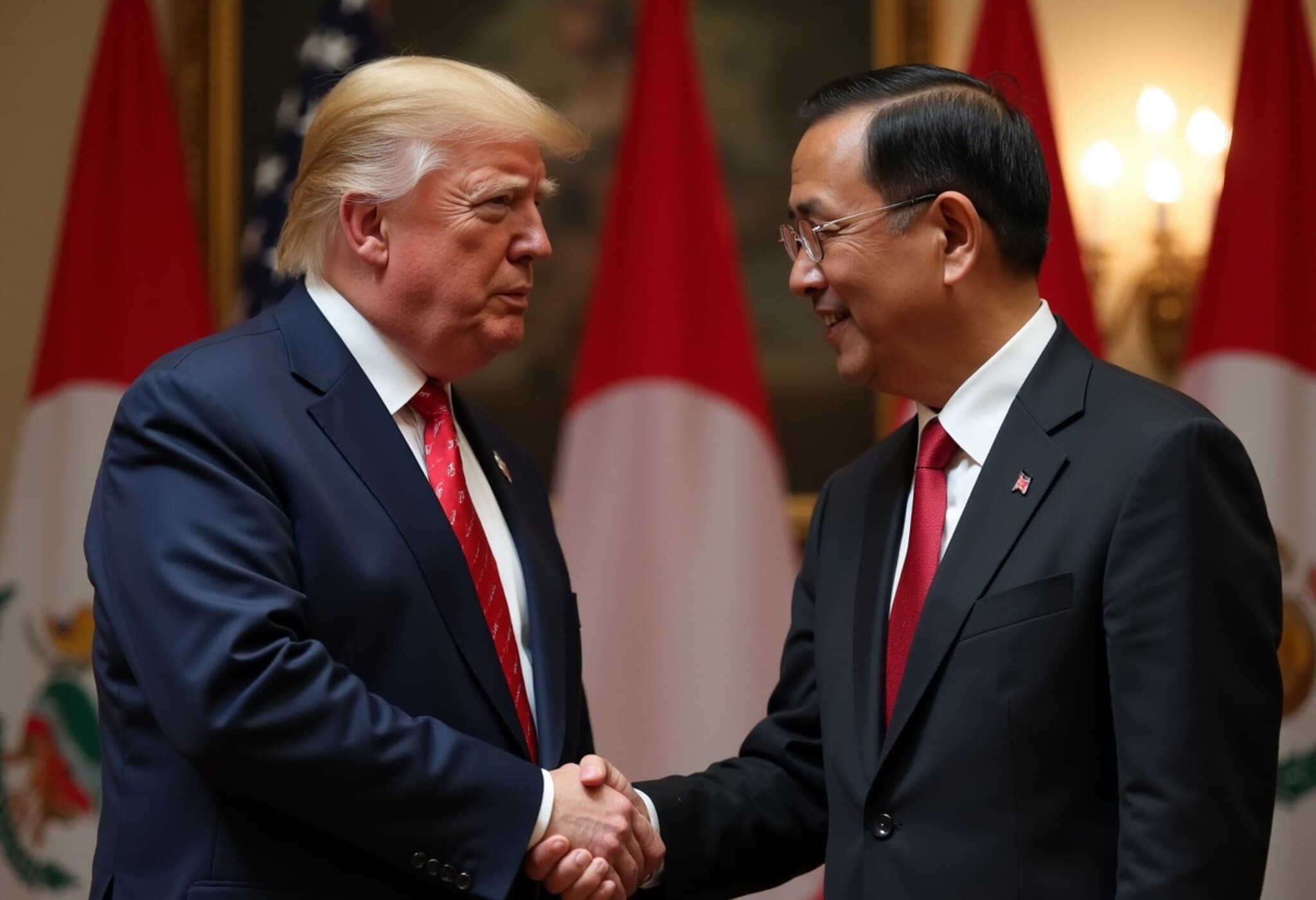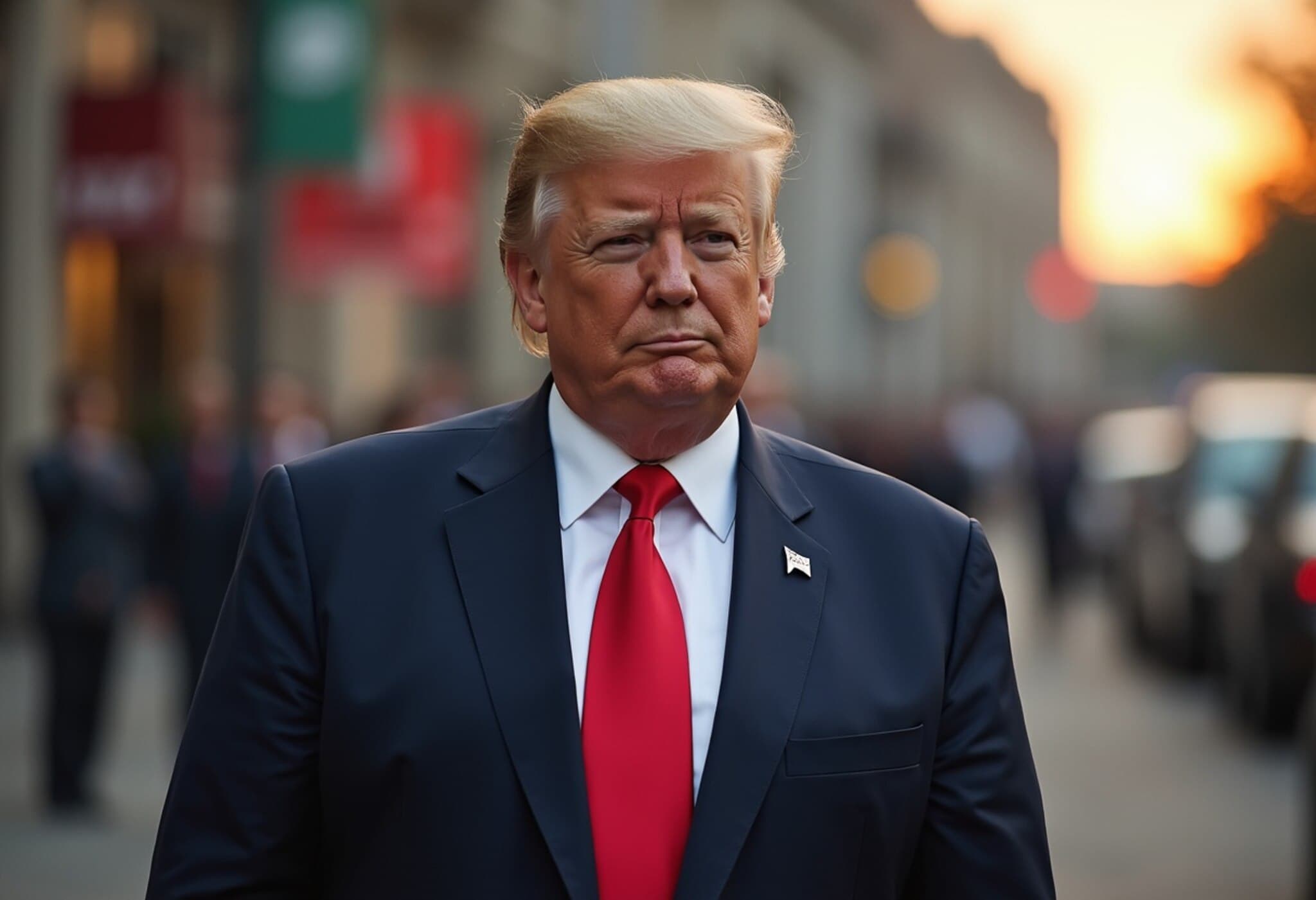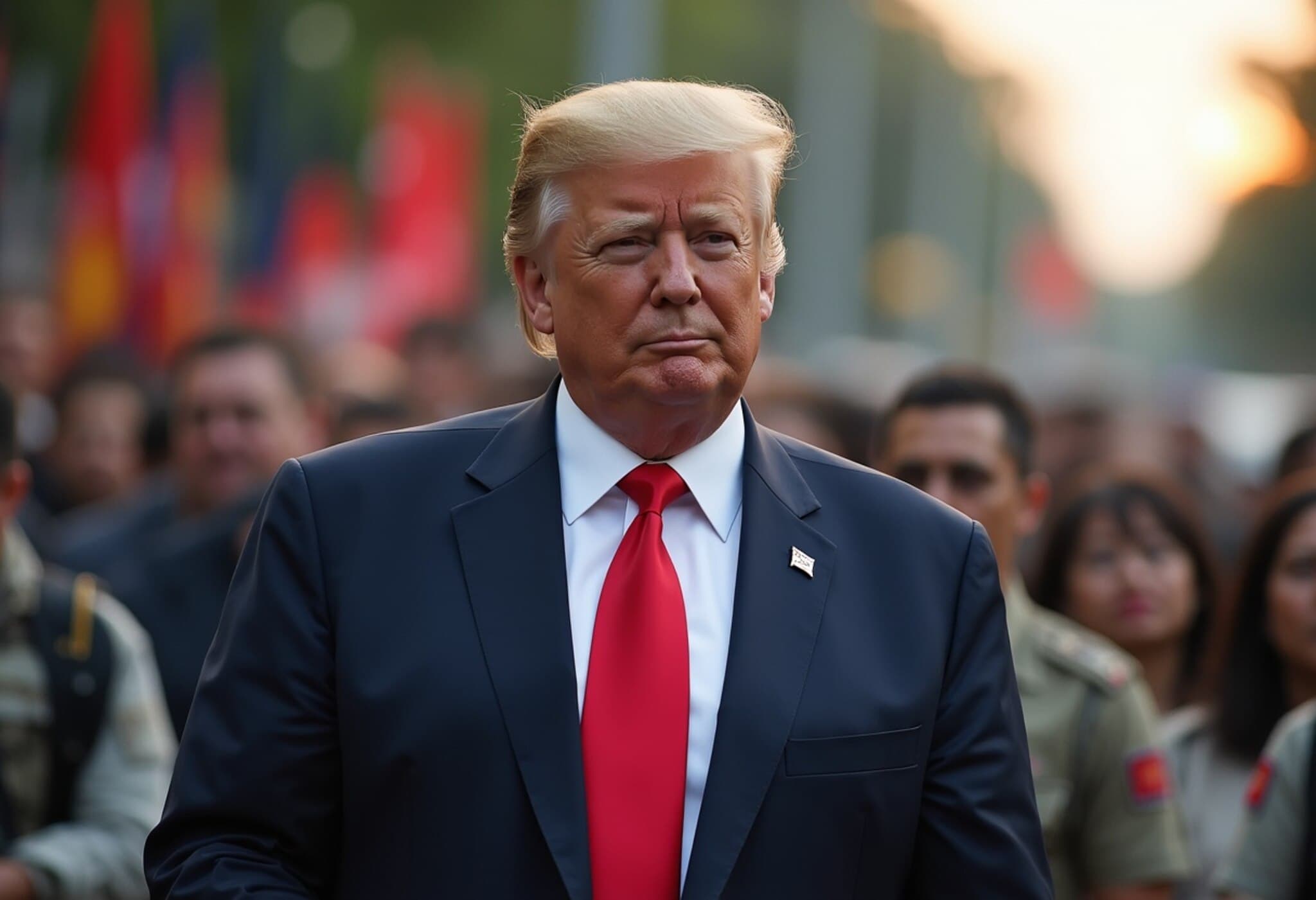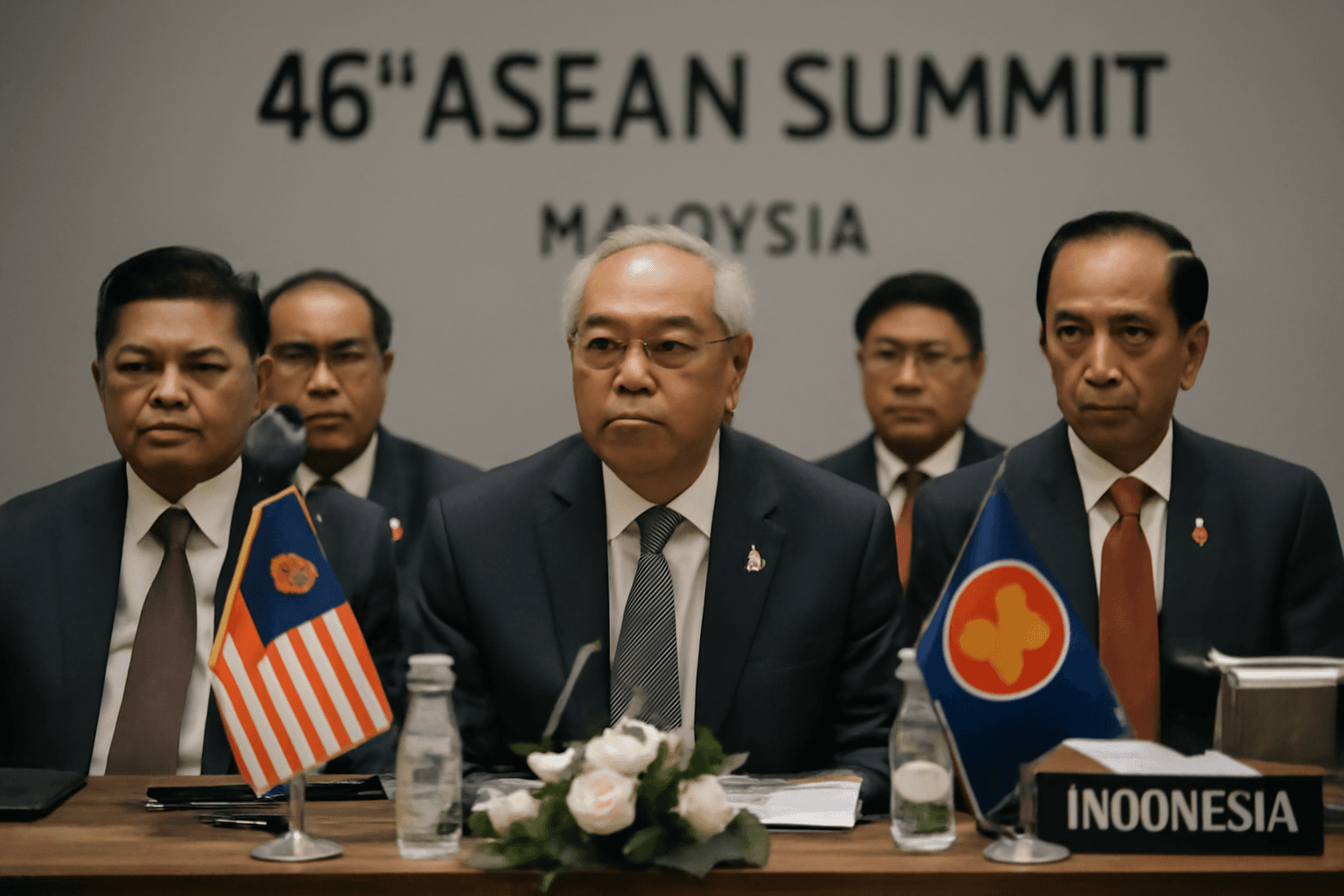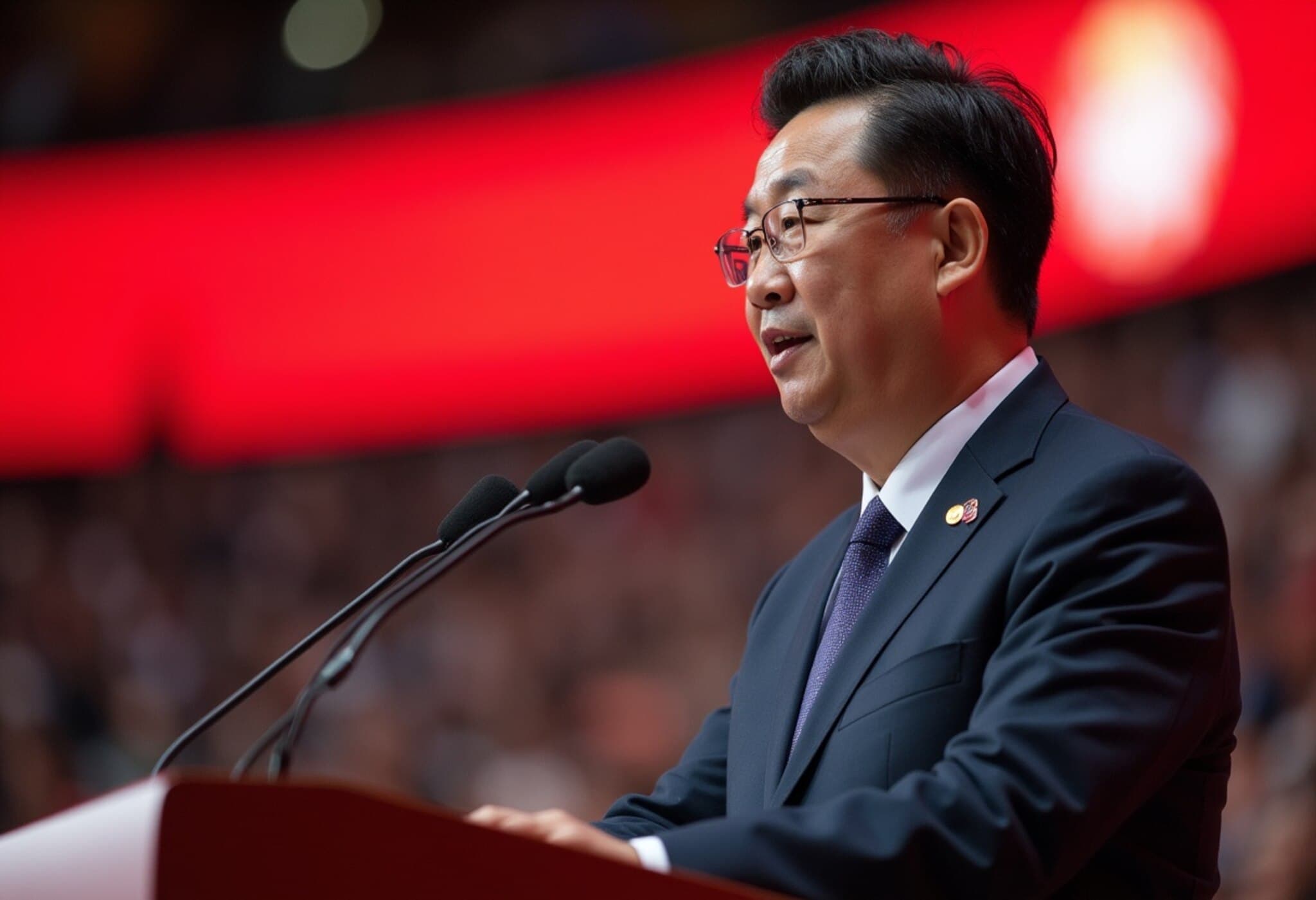US President Trump Calls for Immediate Ceasefire Between Cambodia and Thailand
In a bold diplomatic move on Saturday, US President Donald Trump publicly urged both Cambodia and Thailand to halt their escalating border conflict, warning that the United States would withhold trade agreements with either nation if the violence continued. The president drew parallels between this conflict and the historic India-Pakistan standoff, expressing hope that the two Southeast Asian countries could replicate a peaceful resolution.
Trump’s Direct Diplomatic Intervention
President Trump took to his social media platform, Truth Social, to announce that he had spoken with Cambodia’s Prime Minister and was in the process of contacting Thailand’s acting Prime Minister to advocate for a ceasefire. He framed the current situation as complex but emphasized his commitment to simplifying the path toward peace. He stated, "We happen to be, by coincidence, currently dealing on Trade with both Countries, but do not want to make any Deal, with either Country, if they are fighting — And I have told them so!"
Following his conversations, Trump reported a positive response from Thailand’s acting prime minister, who expressed the country’s desire for an immediate ceasefire. Trump said, "After speaking to both Parties, Ceasefire, Peace, and Prosperity seems to be a natural. We will soon see!"
Escalating Violence and Humanitarian Impact
The conflict between Cambodia and Thailand has now entered its third day, with the death toll tragically rising to 33, surpassing casualties from their previous clashes between 2008 and 2011. Cambodia has reported 13 deaths, including eight civilians, while Thailand has confirmed 20 fatalities, including 14 civilians.
Moreover, the fighting has displaced more than 173,000 people combined—over 138,000 from Thailand’s border areas and an additional 35,000 in Cambodia. The hostilities involve heavy artillery, armored tanks, fighter jets, and ground forces, indicating a significant military escalation that threatens regional stability.
International Response and Underlying Risks
The United Nations Security Council convened an emergency session Friday night to address this worrying conflict. Global diplomats have expressed concern that prolonged warfare could jeopardize ASEAN’s regional cohesion and disrupt economic growth in one of the world’s fastest-developing areas. With both countries deeply intertwined economically and culturally, a protracted conflict poses risks beyond immediate casualties, including refugee crises and economic downturns.
Expert Insight: Lessons From Historical Conflicts
Trump’s comparison to the India-Pakistan conflict underscores a critical geopolitical reality: longstanding border disputes fueled by nationalism and historical grievances often require sustained diplomatic effort and international mediation to resolve. Experts suggest that while Trump's trade pressure tactic introduces a new leverage point, a lasting solution will demand multilateral engagement involving ASEAN partners, China, and possibly the UN as mediators.
From an economic perspective, American businesses and global markets watch closely, as any suspension or delay in trade agreements with Cambodia or Thailand could reverberate through supply chains, particularly impacting manufacturing hubs.
Key Questions Moving Forward
- Will Cambodia and Thailand find genuine commitment to peace beyond diplomatic statements?
- How sustainable is the US’s strategy of linking trade deals to conflict resolution in Southeast Asia?
- What role will ASEAN and the international community play to prevent flare-ups in this strategically important region?
Conclusion
The conflict between Cambodia and Thailand presents an urgent test of both regional diplomacy and international influence. President Trump’s intervention highlights the potential for economic incentives to serve as leverage for peace. Yet, the human toll and displacement underscore the deep need for a nuanced, multilateral approach to secure lasting peace and stability.
This renewed border conflict disrupts more than military quiet—it threatens lives, livelihoods, and long-term regional prosperity. As the world watches, the question remains: can economic pressures coupled with diplomatic finesse coax two long-standing rivals back from the brink? Observers should also consider how this situation may reshape US trade policies in Southeast Asia and the broader implications for geopolitical alliances.

